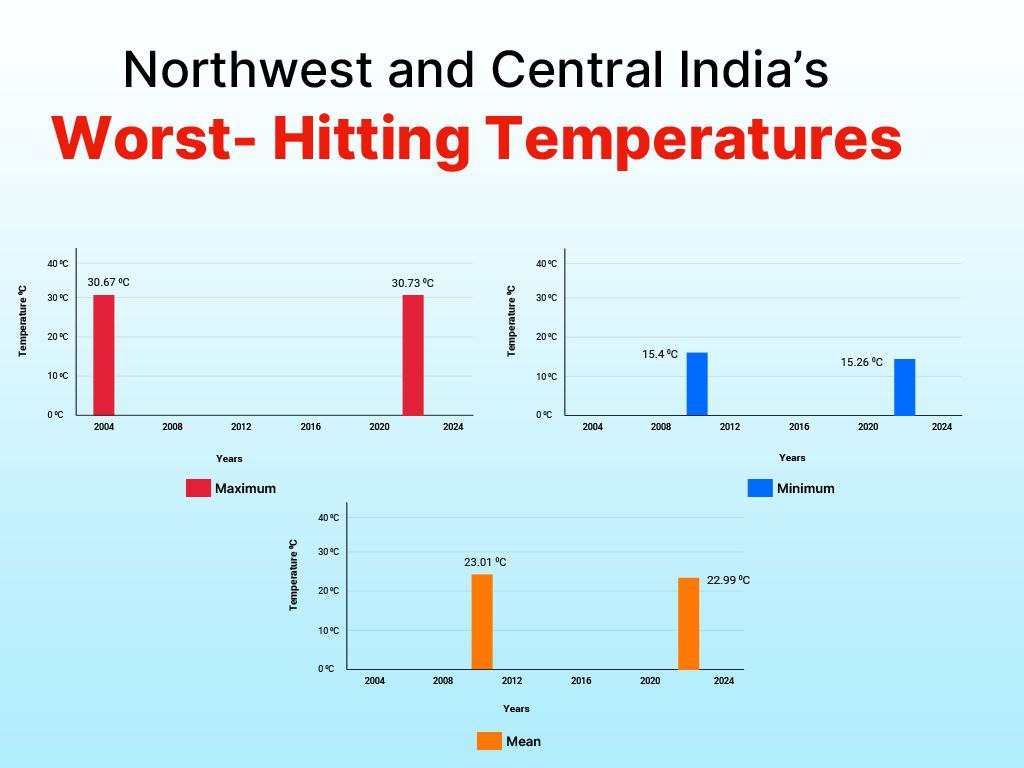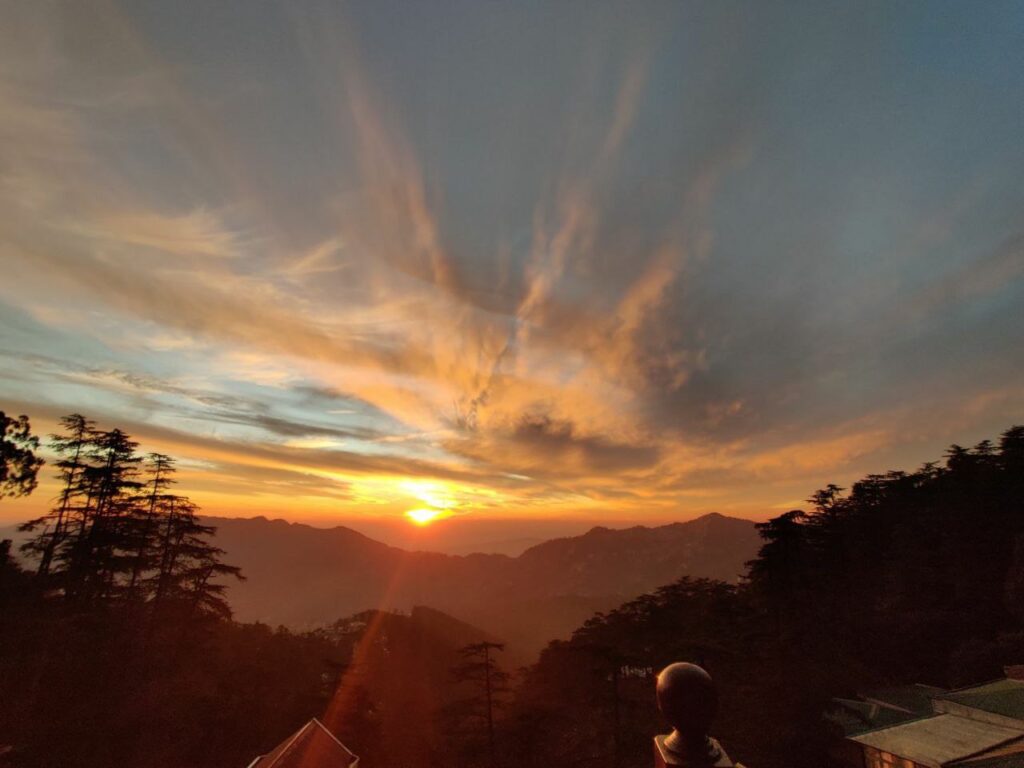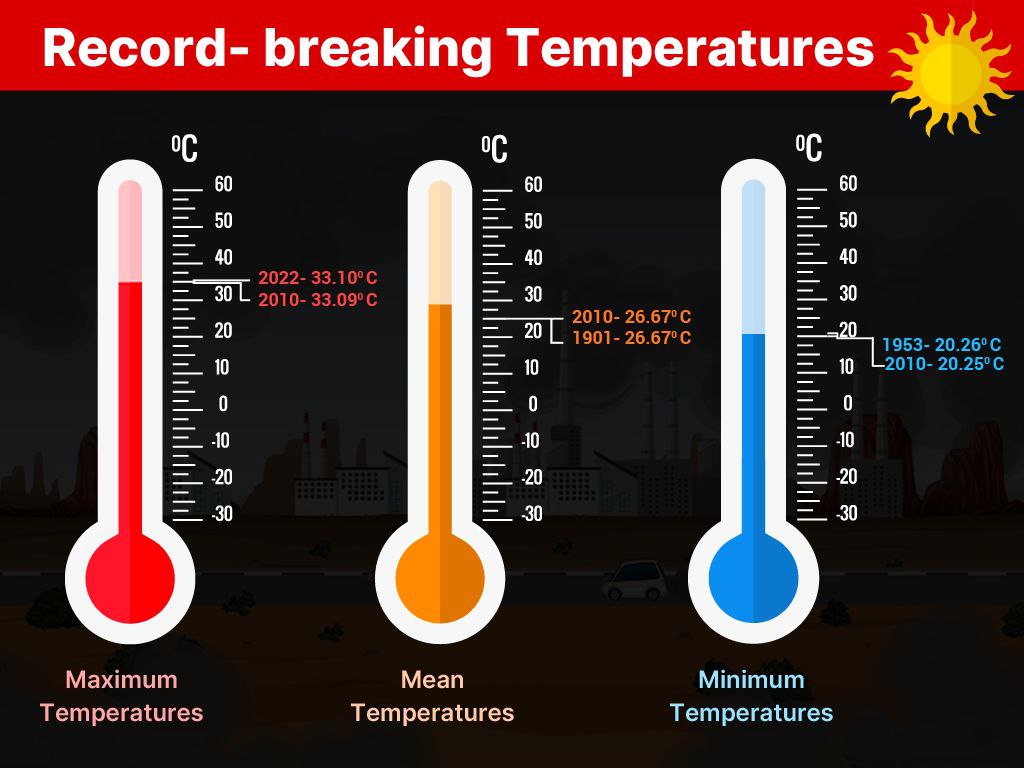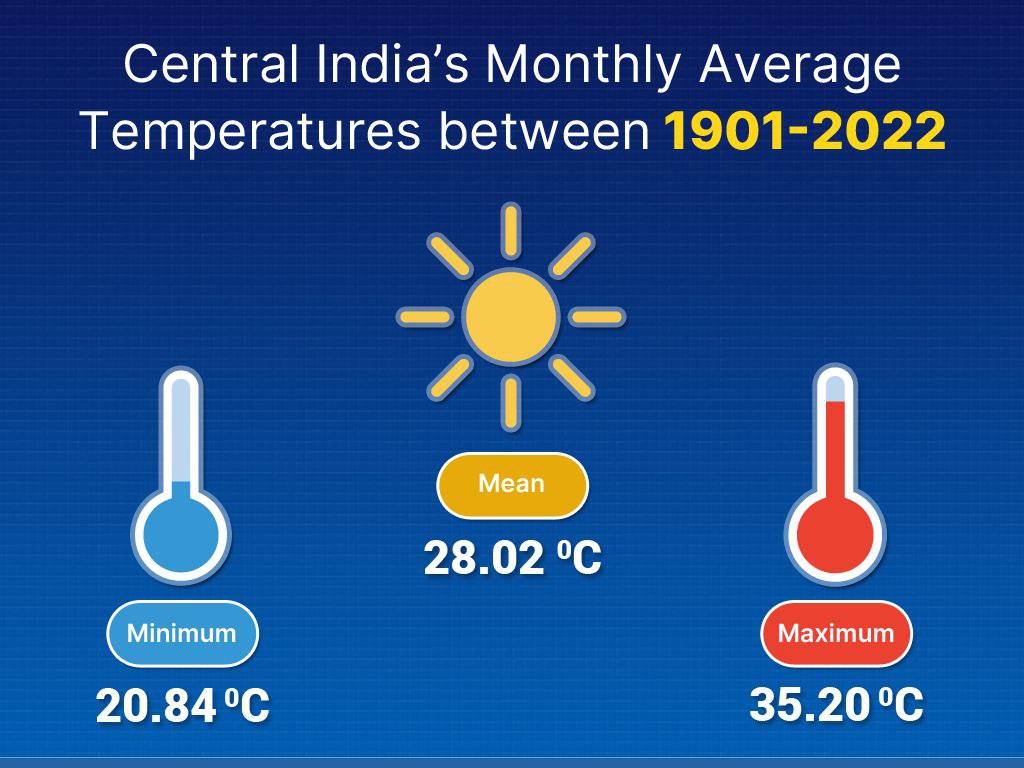The Northern and central main lands in India are grappling with the intense heatwave. India recorded the hottest March in 122 years and April too recorded historic highs in different regions across India. On 9th April, Delhi recorded the hottest day in five years with the temperature reaching 42.4 ºC.
According to a statement by Indian Meteorological Department (IMD), the average maximum temperature in March 2022 touched the record-breaking mark of 33.10 ºC. The earlier high of 33.09 ºC was recorded in 2010. The average monthly mean temperature of 26.67 ºC is the second warmest since 1901 (The warmest year on record was 2010 – 26.671-degree Celsius). As per the press release by IMD, the average maximum, minimum, and mean temperature soared up from normal by 1.86ºC, 1.37ºC, and 1.61ºC respectively.

Rajendra Kumar Jenamani, Senior Scientist, IMD tells The Voices, “The historic rise owes to absence of rain and a change in wind pattern; The trend has majorly impacted Northeast, Northwest and Central India.” Jenamani adds, “The less than the predicted rainfall too added to the crisis. Northwest, central, and Northeast India received 89%, 87%, and 56% less than the normal rainfall respectively.” The pan India fall in rainfall stood at 71% below normal. But southern region didn’t experience a heatwave due to handsome rainfall in Goa, Konkan, Kerala, and Tamilnadu which was collectively only 14% below the normal. Jenamani suggests that the issues like Global warming too have contributed to the long-term shifts in climate patterns. Heatwaves are one amongst the many manifestations of the same.
A heatwave is a condition wherein a place is exposed to severely high temperatures for an abnormally prolonged period and has the potential of being fatal to the human body.

According to Dr. R Krishnan, scientist and executive director, Centre for Climate Change Research heatwave isn’t a new phenomenon in Indian climate patterns of recent times. He tells The Voices, “Heatwaves have started a little early this time, somewhat in early April and it has been very persistent. If we analyze the circulation pattern, a big chunk of air is sinking over India and it is extending from the African region to south and southeast Asia. This sinking motion is driving a persistent heatwave. It is true that the rise can be attributed to global warming but then this is also associated with very strong convection western pacific.”
Dr. Krishnan further adds, “As long as the convection in the west pacific will be strong…In a globally warm environment, these types of heat waves will get stronger and would impact agriculture and health.”
The agriculture sector is already experiencing the impact. According to the results of the Crop Cutting Experiments (CCEs) conducted by the Punjab Agriculture Department, the heatwave would translate into 10-12 quintal loss per hectare for major crops. As per a report by Hindustan Times too, the northern states of Punjab, Haryana, Uttar Pradesh, Rajasthan, and Madhya Pradesh have witnessed a 10-15% crop loss in harvest season due to recent rounds of the heatwave.
As per the latest forecast, the heatwave is likely to continue in the coming days. 19th of April was the warmest day in April in 11 years. The dust storms in the Northern mainland might give a respite, but no long-term relief is expected. States like Odisha, Andhra Pradesh, Rajasthan, and Chattisgarh have been asked to brace up for heatwave.
Infographics By: Mreegakshi Sarna
Edited by NK Jha



